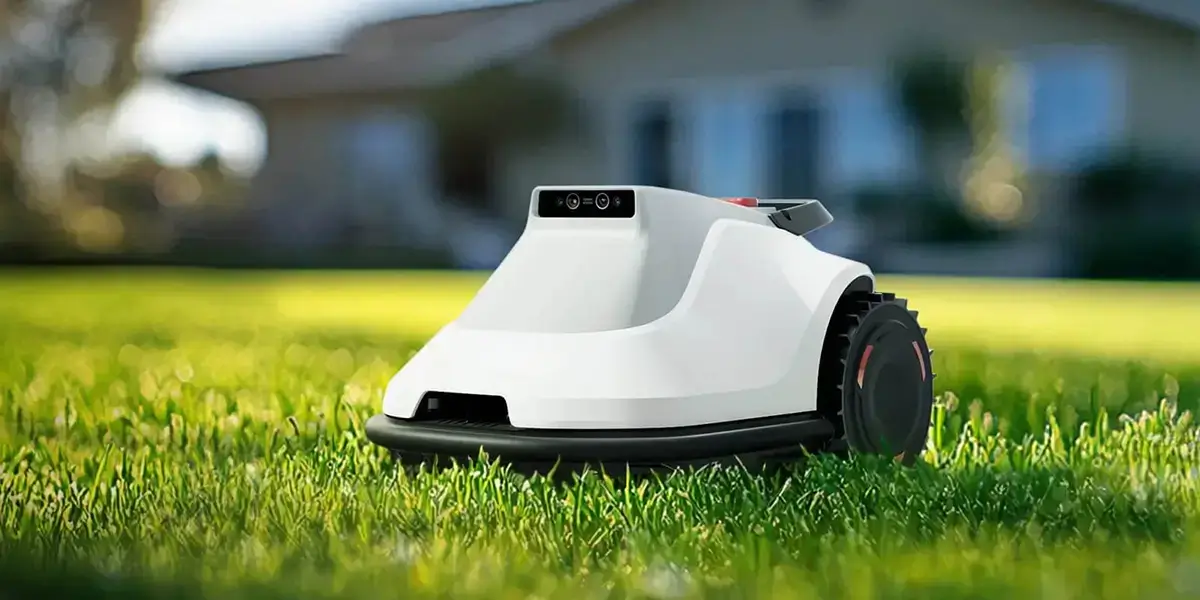Absolutely! Here's the first part of the soft article centered around the theme "geared DC motor working." I'll craft it to be engaging, informative, and compelling.

Imagine a world where your favorite gadgets, from robotic arms to electric vehicles, operate seamlessly and with remarkable accuracy. At the heart of many of these devices lies a marvel of engineering— the geared DC motor. But what makes these motors so vital, and how do they manage to deliver both power and precision in such a compact package?
To understand a geared DC motor, let’s first explore the basics of a standard DC motor. A DC motor, or direct current motor, works on the principle of electromagnetic forces. When electricity flows through a coil within a magnetic field, it produces a force that causes the rotor to turn. This turning motion can then be converted into mechanical work.
However, the raw power of a plain DC motor often isn’t enough for applications that require controlled, precise movement or higher torque. Here’s where gear reduction mechanisms come into play— integrating gears to form what we call a gearedd DC motor. But the process is more than just attaching gears; it’s about strategic engineering to optimize performance.
The role of gears in a geared DC motor
Gears serve as the crucial interface between the motor's spinning rotor and the mechanical load it drives. They modify the motor’s speed and torque characteristics, which are fundamental for tailoring the motor's performance to specific applications.
Think of gears as the speed regulators and torque multipliers. When a gear train is added to a DC motor, it effectively reduces the motor’s output speed while increasing torque. Conversely, if designed for high speed output, gear ratios can also be tuned accordingly.
How gear ratios influence motor performance
Gear ratios dictate the relationship between the motor's speed and the torque delivered to the load. For example, a gear ratio of 1:10 means that for every single rotation the motor makes, the output gear turns just one-tenth of a revolution. This reduction enhances torque while slowing the output speed.
This interplay allows engineers to customize the motor's characteristics precisely. For instance, in robotic arms that need strong grip power but delicate positioning, a geared DC motor can provide high torque without sacrificing control accuracy.
The internal mechanics of a geared DC motor
Within the enclosure of a geared DC motor, you'll find several components working in harmony:
Electric Motor: The core that converts electrical energy into rotational motion. Gear Train: A series of gear wheels, often includes spur gears or worm gears depending on design. Output Shaft: The part that delivers the mechanical power to the connected machinery or system.
The gear train’s design varies based on application— straight spur gears for simple reduction, planetary gears for compactness and high torque, or worm gears for self-locking and precise motion control.
Advantages of using geared DC motors
Employing gears offers multiple benefits:
Enhanced Torque: Necessary when driving heavy loads or overcoming resistance. Speed Control: Precise modulation of output speed. Efficiency: Improves the overall power-to-output ratio. Compactness: Achieves high torque in a small package. Durability: Properly designed gear trains can last for many thousands of hours under load.
Applications across various industries
Across industries, geared DC motors are indispensable:
Robotics: Precise movement and high torque for arms and grippers. Automotive: Electric windows, seats, and mirror adjustment systems. Home Appliances: Washing machines, electric fans, and other devices requiring controlled motion. Aerospace and Defense: Actuators in aircraft systems and missile controls. Manufacturing: Automated conveyor belts and CNC machinery.
As we see, the combination of the electrical advantages of a DC motor with the mechanical benefits of gears makes the geared DC motor a versatile and powerful component. Yet, to truly grasp its significance, we need to delve into how exactly these motors work in different scenarios, their construction details, and how engineers fine-tune their performance.
(I'll prepare Part 2 now, focused on the working principles, types, and advanced applications of geared DC motors. Please hold on a moment!)
Kpower has delivered professional drive system solutions to over 500 enterprise clients globally with products covering various fields such as Smart Home Systems, Automatic Electronics, Robotics, Precision Agriculture, Drones, and Industrial Automation.




































